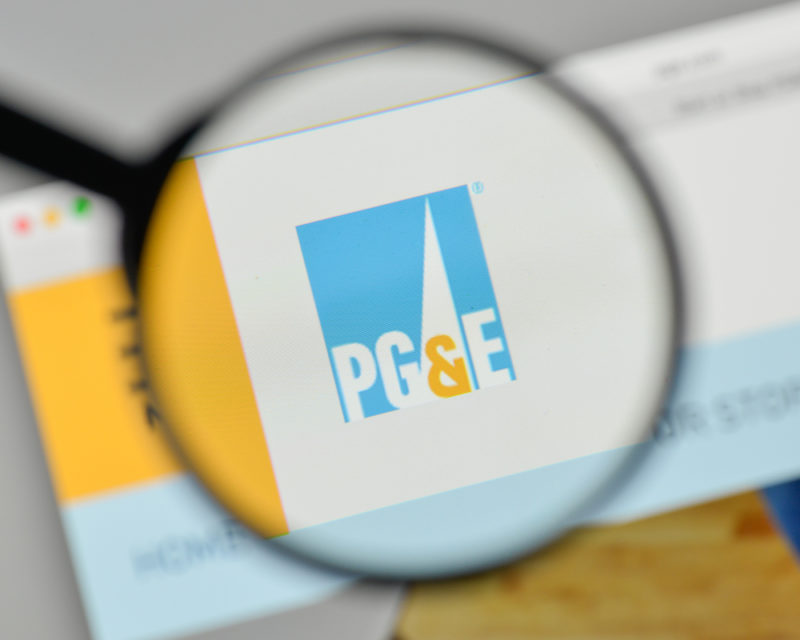PG&E submits final pipeline enhancement report to regulators

Pacific Gas and Electric Company (PG&E) submitted to California regulators its final Pipeline Safety Enhancement Plan (PSEP), which details its efforts to implement enhancements to its natural gas transmission pipeline system.
PG&E first submitted its proposed plan to the California Public Utilities Commission (CPUC) in August of 2011. This final report includes what the company has done to enhance safety and improving operations of its 6,600-mile gas transmission pipeline system.
During that time, PG&E completed 585 projects that include installing automated valves, strength testing, replacing, upgrading, and in-line inspecting (ILI) its system. All PSEP projects are operational with the last going online in November 2018.
“This final report outlines a number of important milestones in our commitment to gas safety, reliability, affordability and environmental stewardship. While we have completed the specified enhancements and upgrade projects as they relate to PSEP, our commitment to safety work is ongoing. We are continuously looking to identify new ways to make our extensive natural gas system the safest in the nation, because when it comes to safety, our work is never done,” PG&E Gas Operations Senior Vice President Jesus Soto said.
Among the upgrades completed in the PSEP include 673.5 miles of strength testing, the replacement of 114.9 miles of transmission pipe, upgrading 202.4 miles of pipeline to accept ILI technology, installing 217 automated valves, and improvements in PG&E’s records processes and system.
